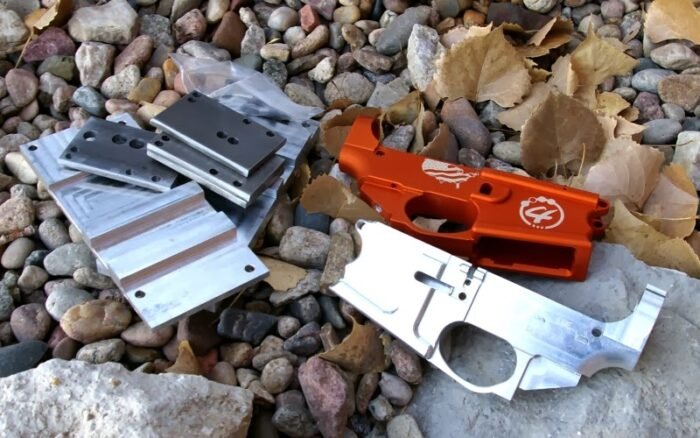Exploring the Versatility and Legality of 80% Lower Receivers

In the realm of firearms enthusiasts and hobbyists, the term “80% lower receiver” has gained significant attention and intrigue. These partially completed firearm components have sparked debates surrounding legality, innovation, and personal freedom. But what exactly are 80 lower receivers, and why are they capturing the imagination of so many?
Understanding 80% Lower Receivers
A lower receiver is a crucial component of a firearm, serving as the foundation for the entire weapon. It houses critical parts such as the trigger group, magazine well, and fire control group. In most countries, including the United States, the lower receiver is the regulated part of a firearm, subject to specific laws and regulations.
An 80% lower receiver, however, is a lower receiver that has been partially machined but requires the user to complete the remaining 20% of the manufacturing process. This typically involves drilling out pin holes, milling out the trigger group area, and sometimes cutting out the magwell. Once these final steps are completed, the lower receiver can function as the backbone of a fully operational firearm.
Legal Status and Controversy
The legality of 80% lower receivers is a hotly debated topic. Since they are not considered fully manufactured firearms, they often fall outside the scope of traditional firearm regulations. This gray area has led to concerns among lawmakers and law enforcement agencies, who worry that these unfinished components could be used to skirt firearm laws, enabling individuals to create unregistered and untraceable weapons, commonly referred to as “ghost guns.”
On the other hand, proponents of 80% lower receivers argue that they provide law-abiding citizens with the ability to exercise their Second Amendment rights while also fostering innovation and self-reliance. They view these components as a means of empowerment, allowing individuals to build custom firearms tailored to their specific needs and preferences.
Practical Applications and Benefits
Beyond the legal and ethical considerations, 80 lower receivers offer practical advantages for firearms enthusiasts. They allow individuals to gain a deeper understanding of firearm mechanics and construction, fostering a sense of craftsmanship and skill development. Additionally, they provide an avenue for customization, enabling users to create unique and personalized firearms that may not be available commercially.
Furthermore, 80% lower receivers have gained popularity in the realm of DIY gunsmithing and home firearm manufacturing. With the rise of 3D printing technology and CNC machining capabilities, individuals have more options than ever before for completing these unfinished components, leading to a burgeoning community of hobbyists and entrepreneurs.
Conclusion
In conclusion, 80% lower receivers occupy a complex and multifaceted position within the firearms landscape. While they offer opportunities for innovation, customization, and personal empowerment, their legal status remains a point of contention and concern. As discussions surrounding firearm regulation and individual rights continue to evolve, it is essential to approach the topic of 80% lower receivers with careful consideration of both their potential benefits and the broader societal implications they entail.
Website – check out here www.80-lower.com





